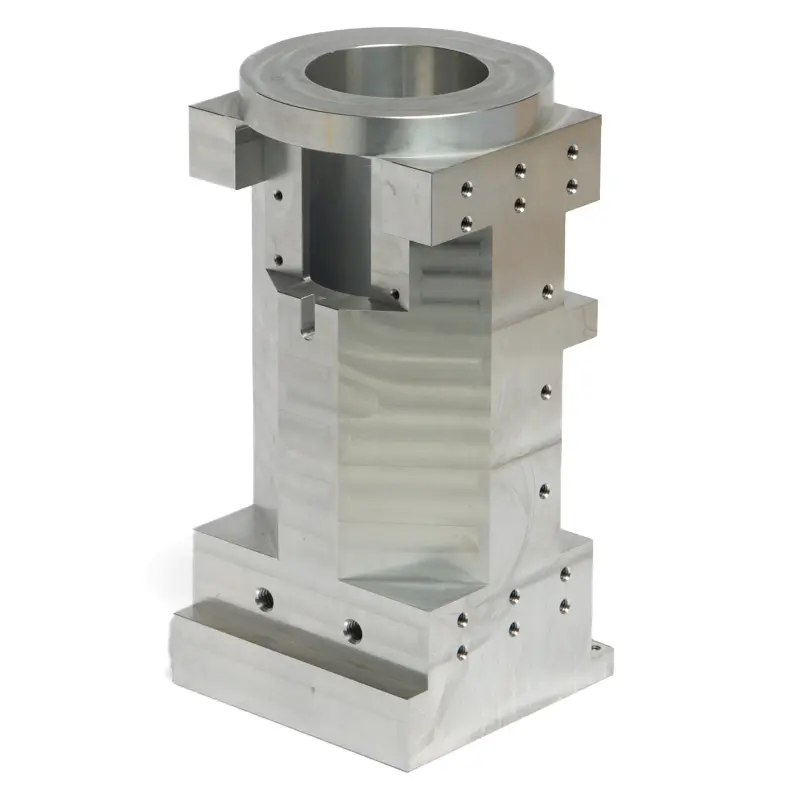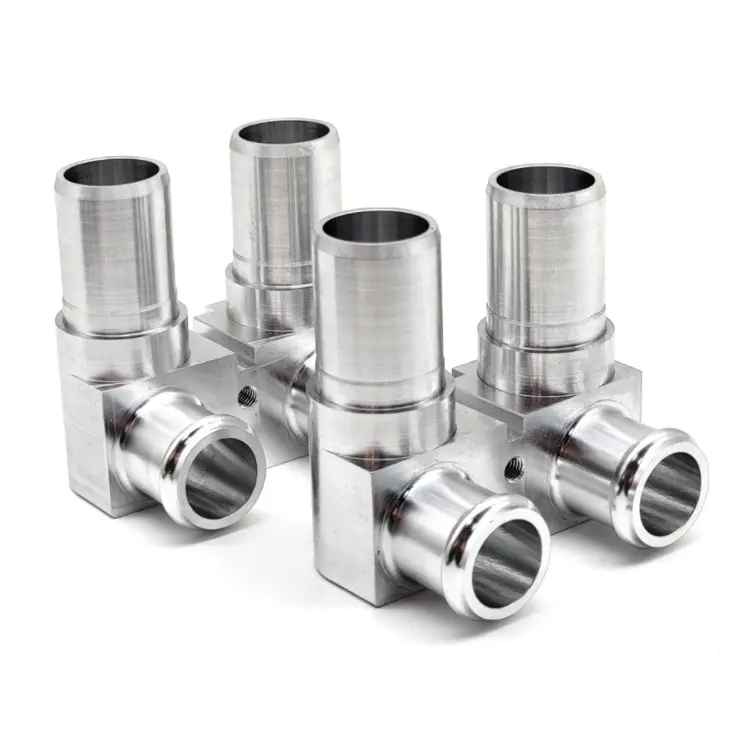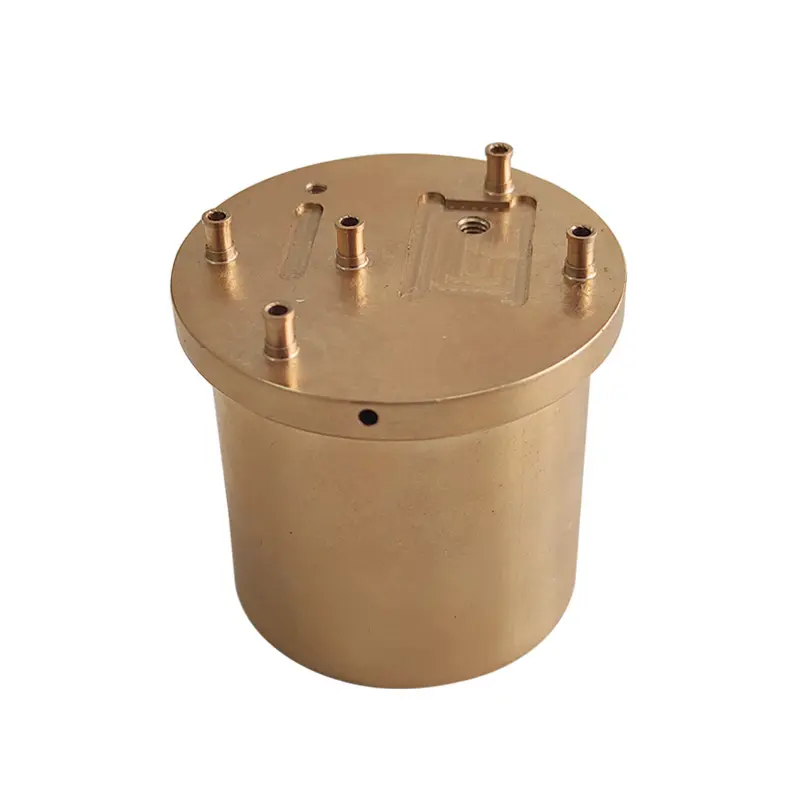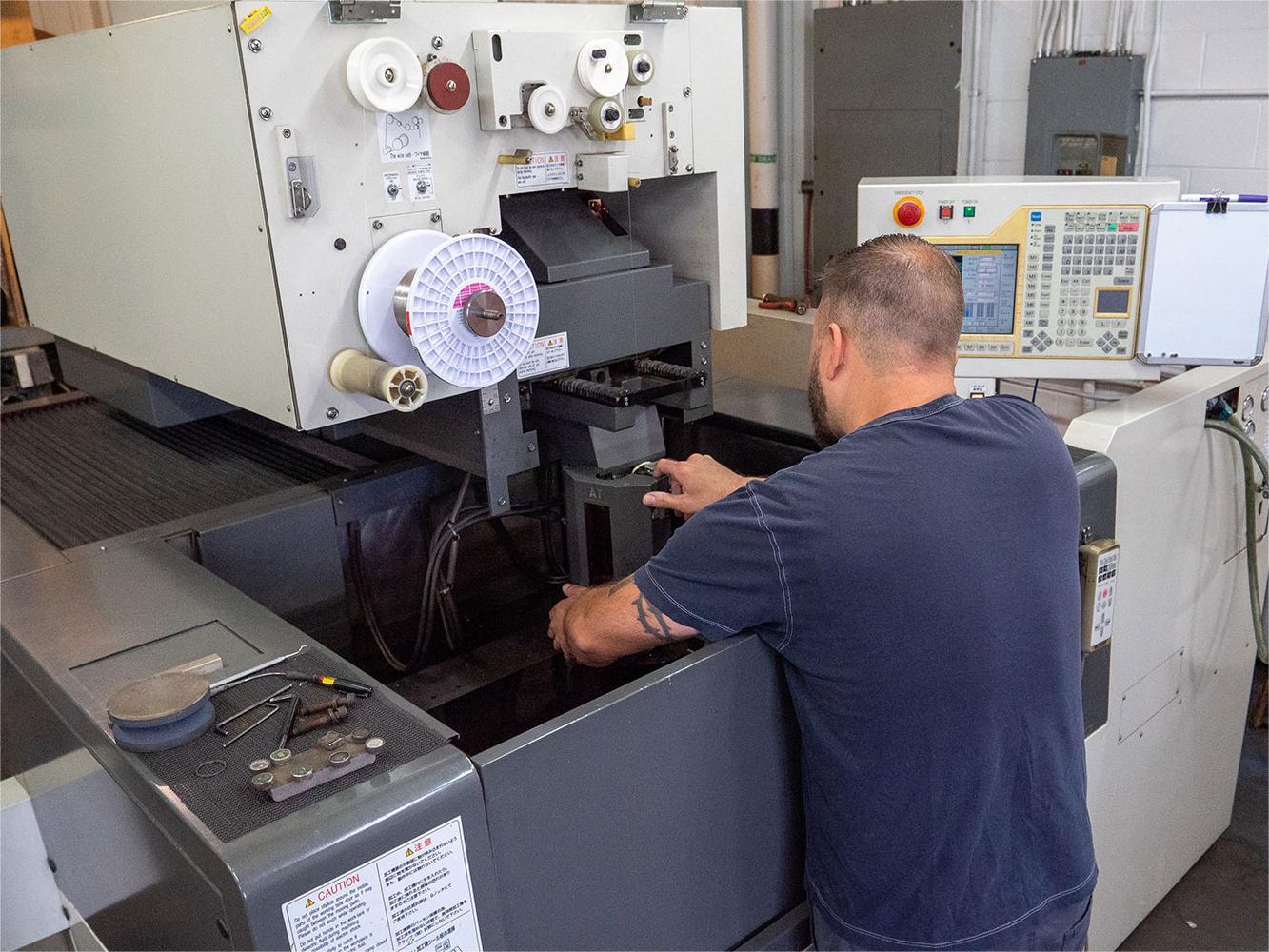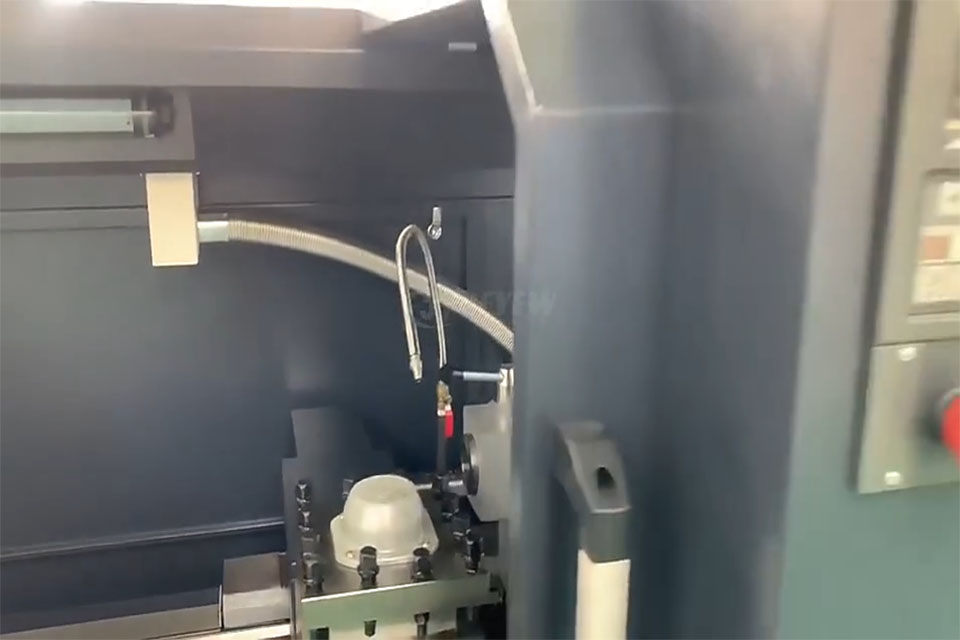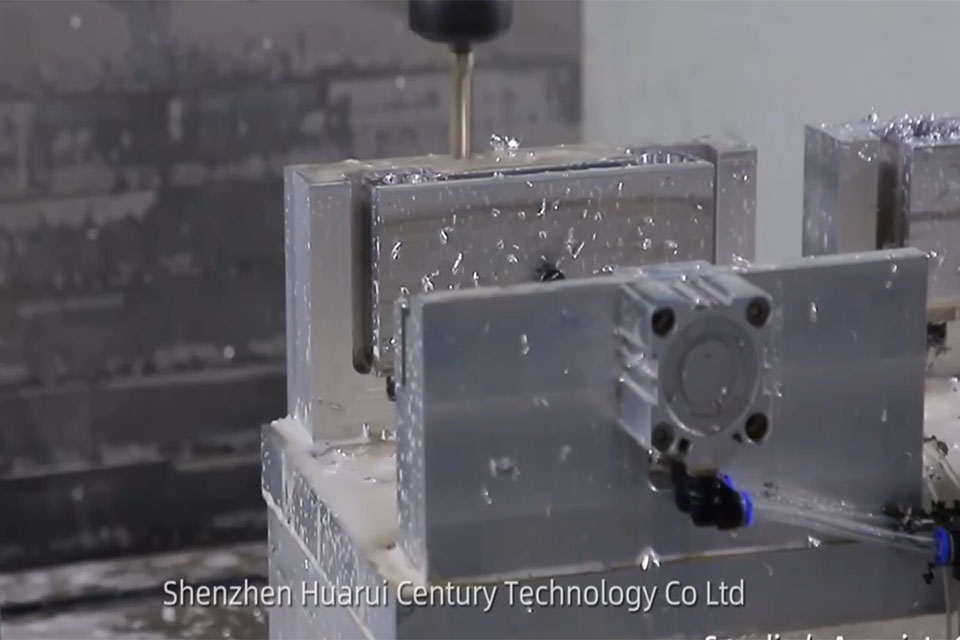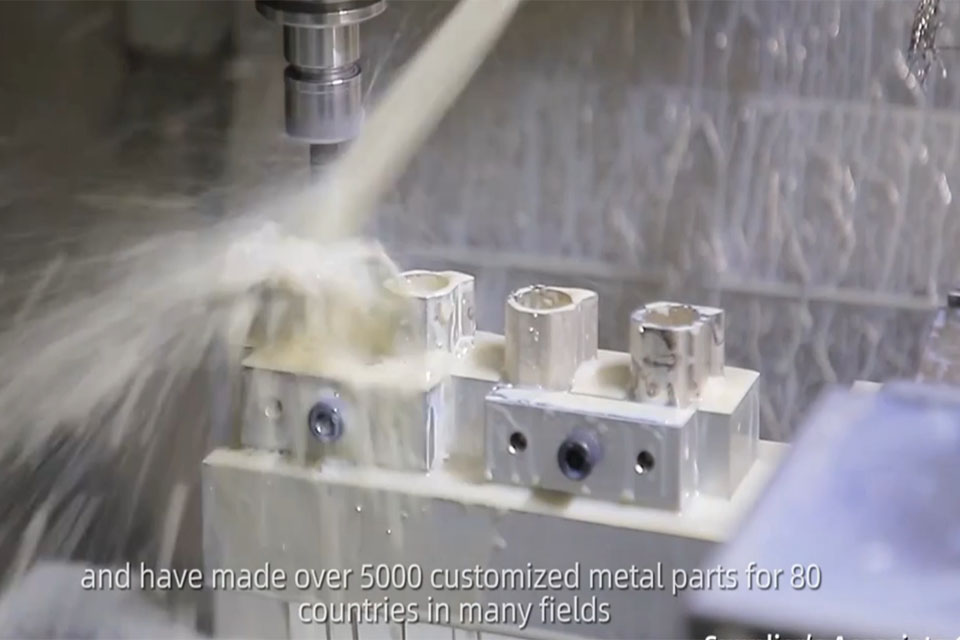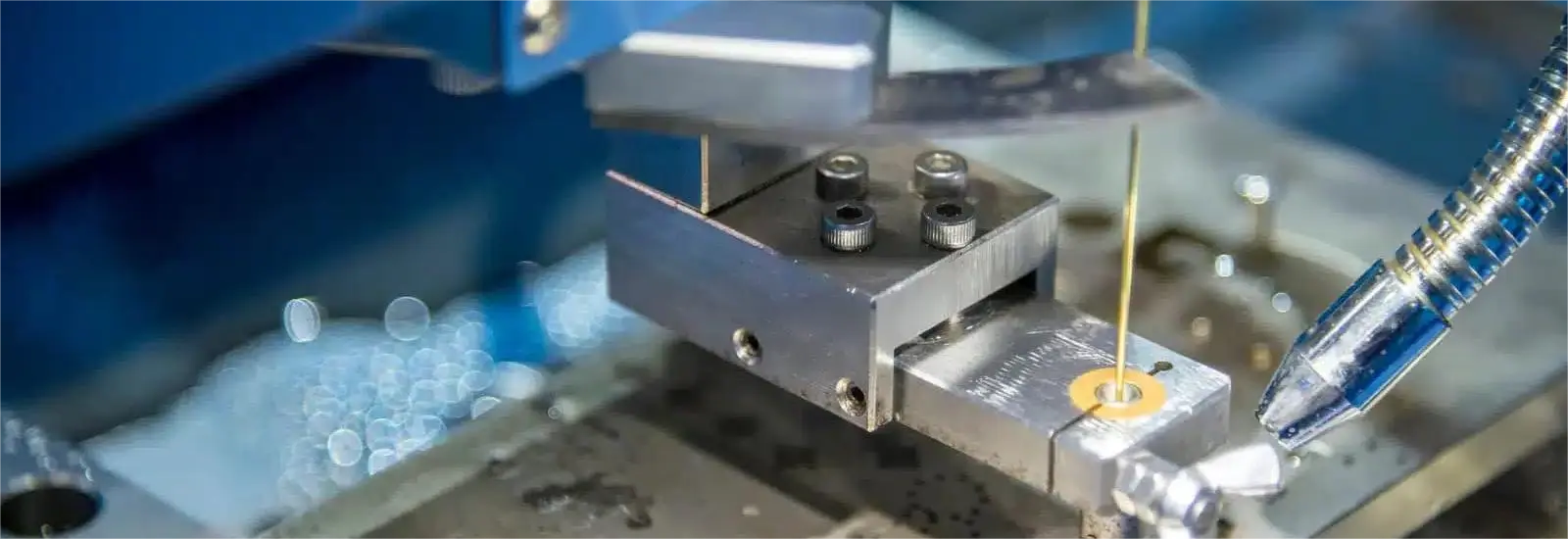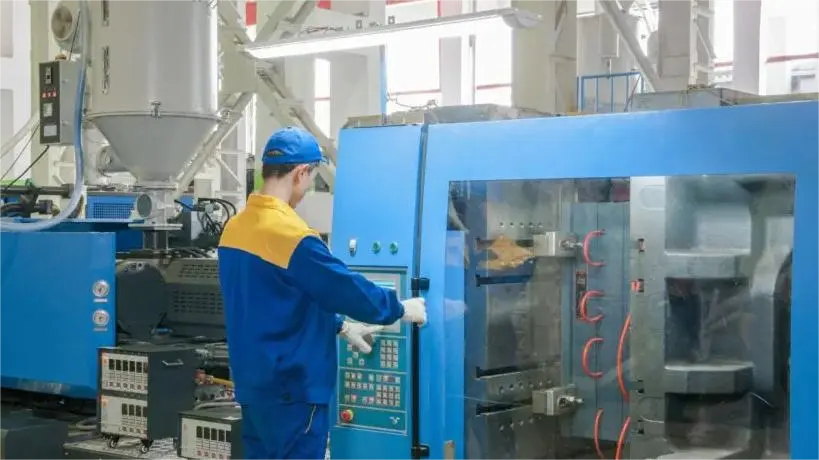
Mastering CNC Wall Thickness: Optimize Precision & Performance
目录
导言

Why Wall Thickness Dictates CNC Success
Wall thickness isn’t just a number—it’s the backbone of part performance. Whether you’re crafting lightweight drones or heavy-duty industrial gear, this parameter impacts structural integrity, material efficiency, and machining costs.
What Defines Wall Thickness in CNC Machining?
Wall thickness measures the distance between two parallel surfaces of a part. Think of it as the “skeleton” that holds your design together. Too thin, and parts risk warping; too thick, and you’ll waste material and inflate costs.
Key Factors Influencing Wall Thickness:
- 材料特性: Aluminum supports thinner walls than plastics.
- Part Function: Load-bearing components need thicker walls.
- Machining Precision: Thin walls demand tighter tolerances.
For instance, aerospace brackets often use 0.5–1.5 mm aluminum walls to balance strength and weight, while medical housings might require 1–3 mm stainless steel for sterilization durability.
Why Wall Thickness Matters for Part Integrity
Thin walls save weight but challenge stability. Here’s how thickness impacts outcomes:
| Issue | Thin Walls | Thick Walls |
|---|---|---|
| 结构完整性 | Risk of deformation | Over-engineered, heavy |
| Machining Cost | Higher precision needed | More material consumed |
| Thermal Stability | Warps under heat | Resists distortion |
“A 0.1 mm deviation in wall thickness can reduce a turbine blade’s lifespan by 20%.” – Aerospace Manufacturing Journal
Material Selection and Performance Factors
Not all materials handle thin walls equally.
- 铝质:适用于 0.5–10 mm walls (e.g., drone frames).
- 不锈钢: Requires 1–15 mm walls 耐腐蚀性。
- 塑料: Need 0.3–8 mm walls to avoid flexing.
案例研究: A robotics firm reduced part weight by 30% using 0.8 mm carbon fiber walls (机器人) while maintaining load capacity.
Optimal Wall Thickness Ranges by Material
Use this cheat sheet for design decisions:
| 材料 | Min Thickness | Max Thickness |
|---|---|---|
| 铝质 | 0.5 mm | 10 mm |
| 不锈钢 | 1 mm | 15 mm |
| ABS 塑料 | 0.3 mm | 8 mm |
| 钛 | 1 mm | 20 mm |
专业提示: For high-stress applications like 航空航天, pair titanium’s 20 mm max thickness with 5 轴数控加工 for complex geometries.
Machinability and Tooling Considerations
Thinner walls = trickier machining. Here’s how to adapt:
- 刀具偏差: Use stubby end mills for rigidity.
- Heat Management: Coolants prevent warping in thin metals.
- Speed vs. Precision: Slow feeds for delicate walls; aggressive cuts for thick sections.
A defense contractor slashed machining time by 25% using 精密加工 for 0.6 mm brass components.
Tools for Accurate Thickness Measurement
Precision tools prevent costly errors:
- Digital Calipers: ±0.01 mm accuracy for quick checks.
- Ultrasonic Gauges: Non-destructive testing for internal walls.
- Laser Micrometers: Sub-micron precision for polished surfaces.
Did You Know? X-ray CT scans are used in 医疗设备 to verify 0.4 mm titanium walls without disassembly.
Designing with Thin Walls: Best Practices
8 Rules for Success:
- Material Matters: Choose high-strength alloys like 6061-T6 aluminum.
- Reinforce Strategically: Add ribs instead of thickening walls.
- 先模拟: FEA predicts stress points before machining.
- 避免锐角: Use fillets to distribute load.
For prototypes, 快速原型制作 lets you test 0.5 mm walls cost-effectively.
Industry Standards and Compliance
Stay compliant, stay competitive:
- ASME B31.3: Mandates 1.2 mm min walls for pressurized pipes.
- ISO 2768: Limits thickness tolerances to ±0.1 mm for medical tools.
- MIL-STD-31000: Requires wall thickness documentation for defense contracts.
Avoiding Common Wall Thickness Mistakes
Pitfalls to Dodge:
- Ignoring Thermal Expansion: Aluminum expands 0.022 mm/mm°C!
- Overlooking Surface Finishes: Anodizing adds 0.02–0.05 mm (表面处理).
- Using Wrong Tools: Thin walls need 2-flute end mills.
常见问题:常见问题解答
How thin can aluminum walls be?
0.5 mm is achievable with 数控铣床, but design supports to prevent bending.
What’s the minimum wall for 3D printing?
0.4 mm nozzle? Aim for 0.8 mm (two extrusion lines).
Does wall thickness affect cost?
Yes! Thick walls use 30% more material on average.
How to measure internal walls?
Ultrasonic gauges or CT scans for non-destructive testing.
主要收获
- Balance is Everything: Match thickness to material and application.
- Precision Tools Pay Off: Invest in measurement and machining tech.
- Simulate Before You Fabricate: FEA avoids costly redesigns.
- Compliance Isn’t Optional: Follow ASME, ISO, and MIL specs.
Ready to Optimize Your Next Project? 联系我们 for CNC solutions tailored to your industry.
评论
出色的产品案例
标签
相关博客
从我们的博客中获取有关 CNC 加工的最新趋势和事实。



